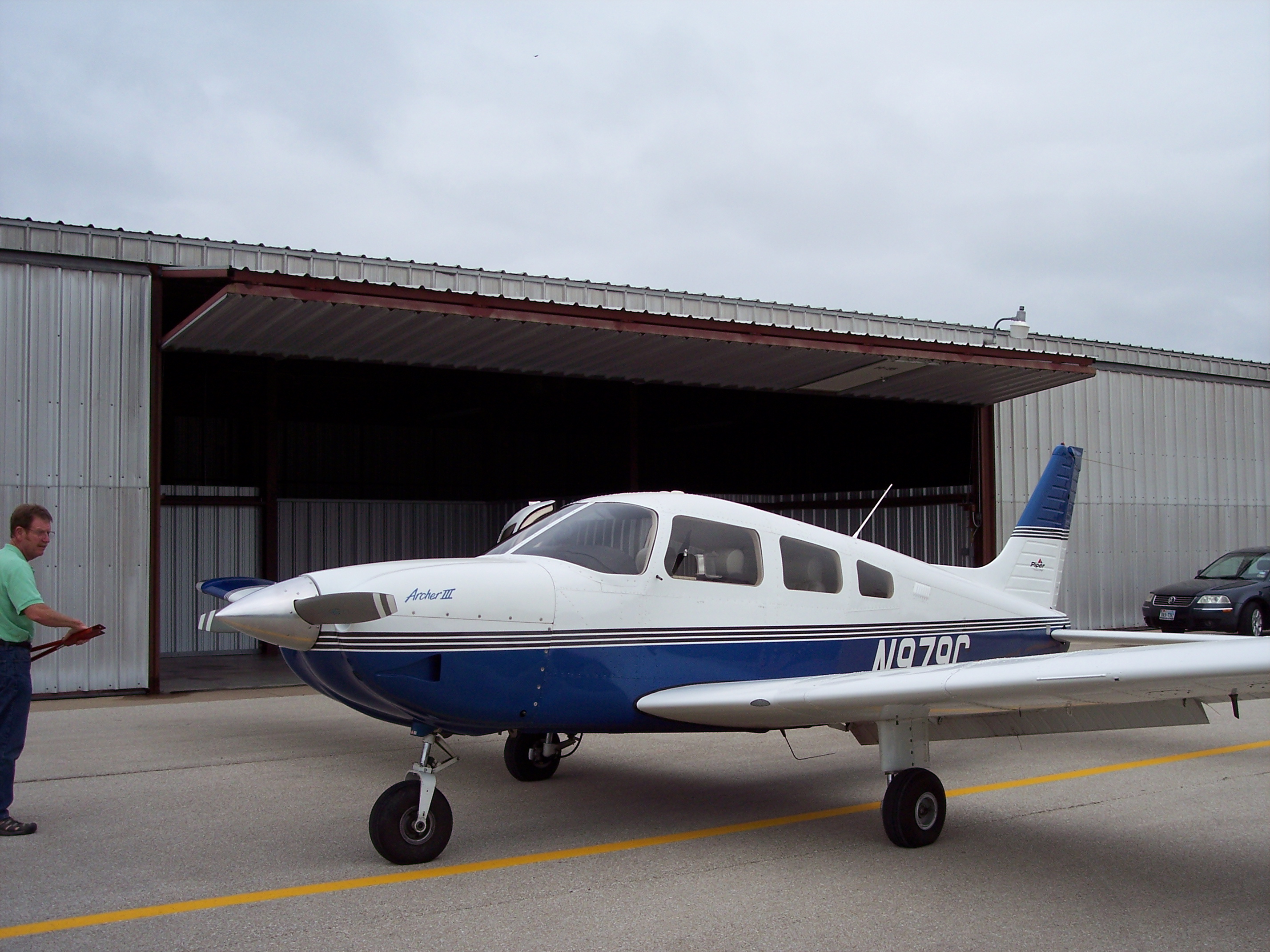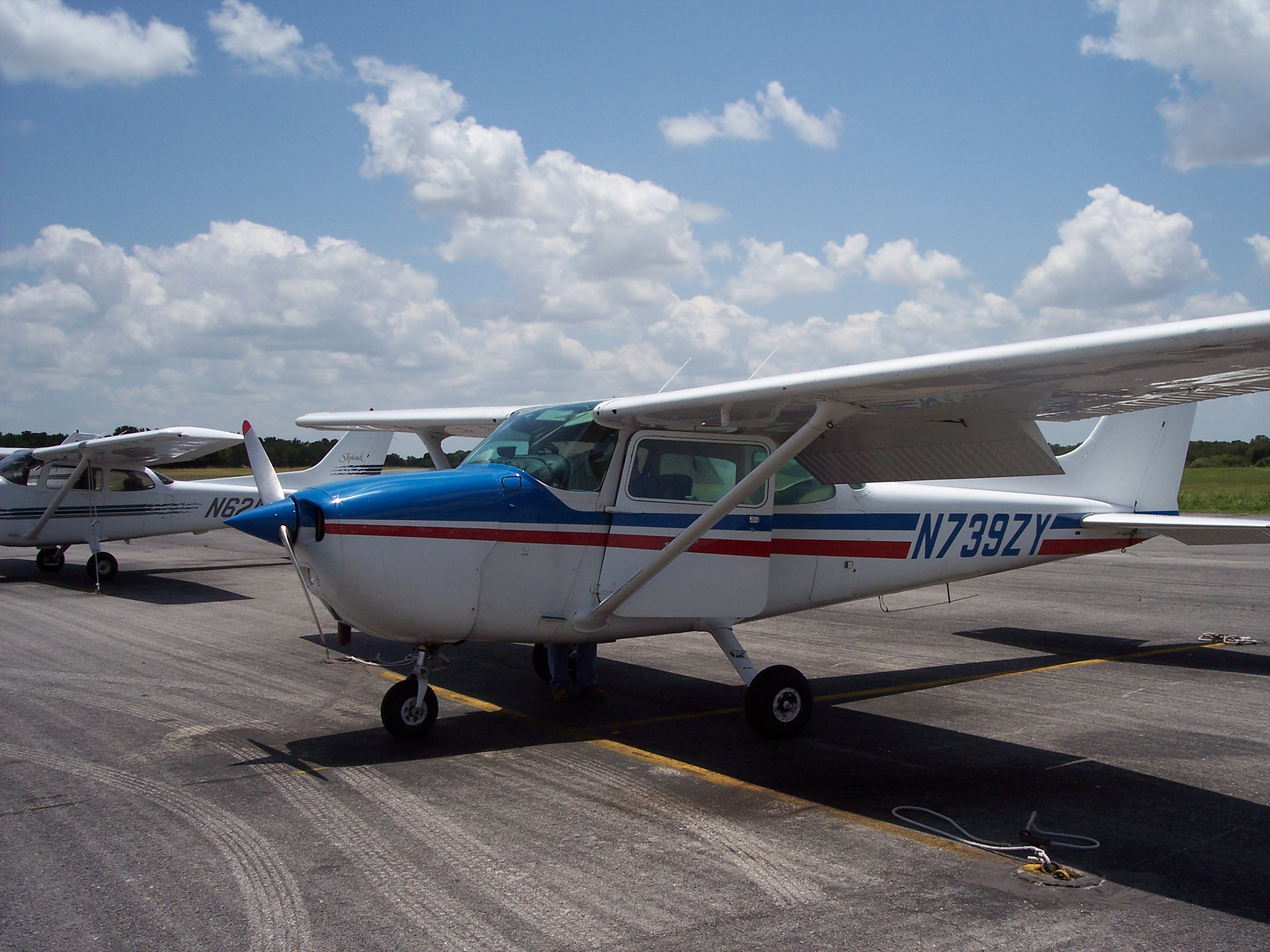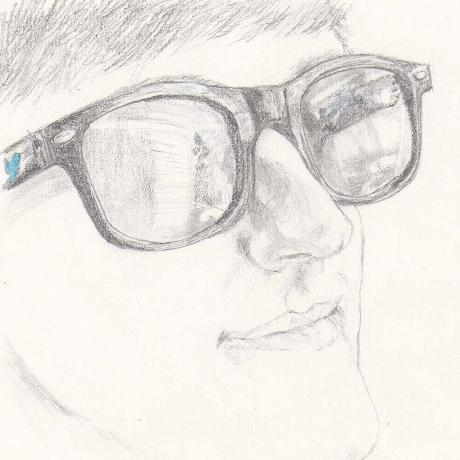Well, this is it. My first computer science class. I may have mentioned something before about a workflow management program. This is my project.
The theory is pretty simple. There simply are no highly customizable workflow management programs. Many are like Trello, which can be customized, but lacks a certain extensibility and scalability. I envision my project being used by universities, or medical labs, or large software companies. People who need scale. People who can’t use computers. For example, take the University of Texas: They deal with 50,000 applications per year. Or something like that. Each application flows through (roughly) the same pipeline. I’m not sure how they currently keep track of their students, but I can imagine that they either do it with slips of paper on a bulletin board of via their own custom-written software. Either way, a simple, easy-to-use digital solution has the potential to make their lives easier.
So, that’s the challenge. Implementing it will be a whole other horse. So far all I know is that I’ll approach this with the “big install” mindset: screw everyone who wants a small install. They can pay me to host it on the cloud. But large companies can still host their own install, so that I don’t have to deal with the security concerns. Yes, this is inspired by the Click Security product deployment system. But, with this in mind, I’ll build it using Python (and Twisted!) and PyMongo as a DB. Still not sure what I’m going to do for the UI.
I’ll keep you posted.
“Georgetown ground, Archer seven-nine-charlie is at the north tee hangers, taxi to the active. We’re going to do some pattern work today.”
__There was an awkward pause. Perhaps the controller hadn’t heard us. Finally, though, he came through.
“Archer calling for taxi, say again.”
Georgetown was a small enough airport that there was only one controller, but he was listening to two frequencies. Tower and ground. I must have inadvertently talked at the same time as someone on the other frequency.
“Georgetown ground, Archer seven-nine-charlie is at the north tee hangers, we want to taxi for takeoff. We’ll be doing some pattern work.”
“Archer seven-nine-charlie, say your intentions again?”
Patrick grabbed the mike and said simply “We’ll be staying in the pattern.”
“Archer seven-nine-charlie, cleared taxi to three-six via alpha.”
__I revved the engine, and started pulling away from the hangers. The clouds had dropped to two thousand feet above the ground, so we had to stay in the pattern lest the clouds drop to below VFR while we were away. At least they brought cold weather.
Airplanes. Slight break from the techno-tale that I’ve been telling, but I figure I have to talk about airplanes at some point. After all, I’m (finally) learning to fly airplanes. My Grandfather was a pilot, and for whatever reason the piloting gene skipped a generation and ended up in me.

“We’re going to wait here, but that’s better than in the office.” Patrick (my instructor) leaned over to me “This is the best kind of office.”
I smiled, and gestured out the window at a Diamond taking off. We had just been discussing how the Diamond had called for IFR clearance, then the tower called the Austin approach and so on and so forth.
“Archer seven-nine-charlie, cleared for takeoff runway two-nine, report left downwind for three-six.”
_Ah, yes. I had forgotten to mention that we had requested to takeoff on 29 so that we could practice a crosswind takeoff. “Cleared for takeoff two-nine, Archer seven-nine-charlie.”_
Patrick closed the aircraft door. I ran my hand across the bank of switches above my head. Fuel pump, magnetos, lights on. Move my hand to the mixture, pushed it all the way forward, moving my hand to the throttle. I advanced the throttle all the way forward and started the takeoff roll. A deep roar filled the cockpit. 65 knots, I pulled the yoke back and the ground fell away from the airplane.
It’s kind of an interesting paradox. Pilots talk about how the ground falls away from the airplane, and laymen think about how the airplane flies away from the ground.
Fifteen hundred feet and I bank left to enter the pattern. By this point it’s second nature, again. Years ago, my Grandfather and I would fly together over the internet using Microsoft Flight Simulator. He taught me to fly the simulator, like any other flight instructor would teach a student to fly a plane. On my birthdays, he would buy me an hour in an airplane up at Georgetown. It was the highlight of my year. He had a goal to actually see me in the cockpit of an airplane, which was surprisingly hard to achieve. Year after year, he (and Grandmother) would fly out from California and we would head up to the airport, where it would be cloudy. Every time.

Until three years ago, summer of 2010. Those who have read the story of my programming life will note that this is summer I spent at the shop in Barstow. The plan was always for me to go the summer after, and learn to fly while I was out there. But I decided to go a year early, just for grins, and work in the shop. While I was up there Grandfather and I finally managed to go up in an airplane together - I performed a few touch and goes under the watchful eye of both my instructor and my Grandfather. Again, it was the highlight of the year.
In the end, the summer was not all good and fun. I left California a few weeks after we flew. Then Grandfather died of cancer not two weeks after I left.
But the present calls. ”Archer seven-nine-charlie, cleared for touch and go, runway three-six.”
“Cleared touch and go three-six, Archer seven-nine-charlie.”
__Patrick leaned over “Talk to me. Tell me everything that goes through your mind.”
My landings had been less than optimal (which is embarrassing, since I’m in an Archer), so I had gotten into the habit of a “stream of consciousness” conversation. I say everything that pops into my head.
“Alright. So it looks like we’re at a good place to make the base turn, so I’m going to do that.” I dipped the aircraft into a left turn perpendicular to the runway “Okay, looks like we’re going to be a smidgen high. A lot of smidgens, so I’m going to drop a second notch of flaps. We’re also a little slow, sixty knots, so I’m going to lower the nose. That’ll keep our altitude in check. There’s that Cessna again. Okay, now I’m turning final. Maybe that’s a little early, but that’s okay, ‘cause we’ll just cut the corner. Better earlier than later I guess. Okay, speed’s getting a little high, so I’ll drop the last notch of flaps.” The last notch was a pretty big step, and I had to give the lever a good tug in order to pull the barn doors into a 70 knot wind “Okay. So we’re four white, so I’ll let us drop a little further. We’re also a little to the right of the center line, so I’ll kind of nudge us over to the left. There. Like that. Okay, we’re coming up on glide slope, so I’ll pull the node back just slightly and add power so we don’t lose the speed.” I didn’t say it, but I was starting to regret not properly trimming on final. My arm was starting to get sore, holding the elevator in position “Alright. We’re over the threshold now, and we’re a few knots fast. I’m going to slowly ease off the power…” I pulled the power off “…and pull the airplane up to hit the stall.” I moved my other hand to the yoke to stall the airplane right as we hit the ground.
Thunk.
Turns out the ground was a little higher than I thought. I’ve done much harder landings, but I’ve also done much softer landings. Oh well. I lowered the flap lever and pushed the throttle to full power. We’ve got time for another shot.
And again, the ground dropped away from the airplane. And again, I couldn’t help but think of how beautiful the view was. Ten miles visibility isn’t much, but it’s enough to see the roads twisting away on the ground, making a patchwork quilt lay on the rolling hills, slowly fading into a light gray sky. At pattern altitude, all of a thousand feet above the ground, the turbulent air gave way an impeccably smooth air disturbed only by the rythmic rumbling of the Lycoming pulling us along.
I’m probably the only person I’ve ever met who can spin pattern work with a 1900’ ceiling into a moment to die for.
